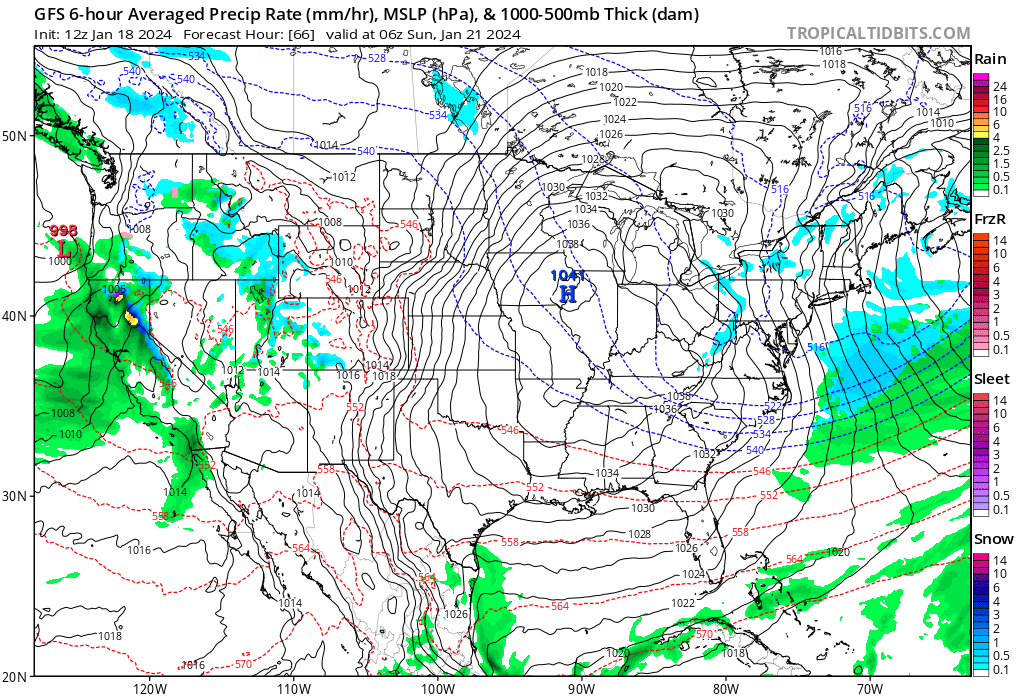TL;DR: BLUE SKIES GONNA.. wait.. SNOW! late Thursday, into Friday/Saturday
Nowcast:
FM312300 17010KT P6SM SCT100
FM011500 16006KT P6SM BKN060 BKN100
 |
| Looking EAST, my office, campus. |
 |
| Snowbasin Webcam - DeMoisy https://www.snowbasin.com/the-mountain/demoisy-express/ |
Short term:
 |
| "Heyyyy - I can see my house from here!" GOES-WEST, IR, with 500mb auto Analysis/Annotations via NEXLAB |
The blob of colours from the satellite loop show a southwest flow coming onshore and making it's way inward to Utah, likely hitting southern Utah first and could bring valley rain with mountain snow.
 |
| SpotWx output for the NAM (North America Model) https://spotwx.com/products/grib_index.php?model=nam_awphys&lat=40.60457&lon=-111.63963&tz=America/Denver&label= |
The experts have issued a Forecast through 5PM Friday with light-orange over the Wasatch Front (say 8ish inches?):
 |
| NWS Probabilistic Snow Amounts: https://www.weather.gov/slc/winter |
Long term:
The spinning blob (upper portion of satellite image) will continue to bring SW flow into Utah after the weekend, let's hope freezing levels stay low and it collects as snow.
Backcountry comments:
Yellow-Yellow-Yellow (Moderate) for the Salt Lake Mountains:
Keep your eyes peeled on those solar aspects and be mindful of the persistent weak layer.
If you will be traveling in the backcountry make sure you have the proper equipment and know before you go. For the whole avalanche forecast and all things avalanche head over to our friends at the Utah Avalanche Center here: Utah Avalanche Center


































%20copy%202.png)
%20copy.png)
.png)